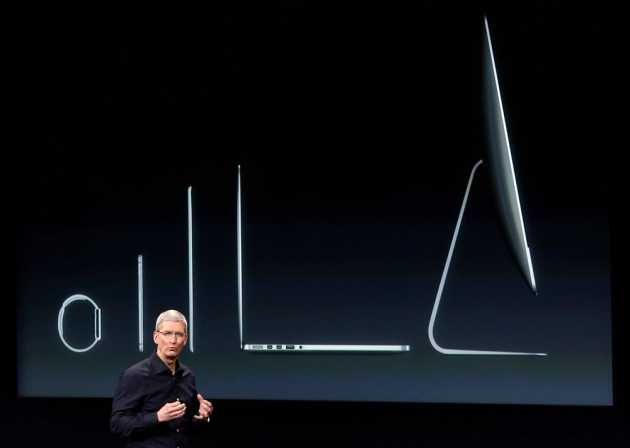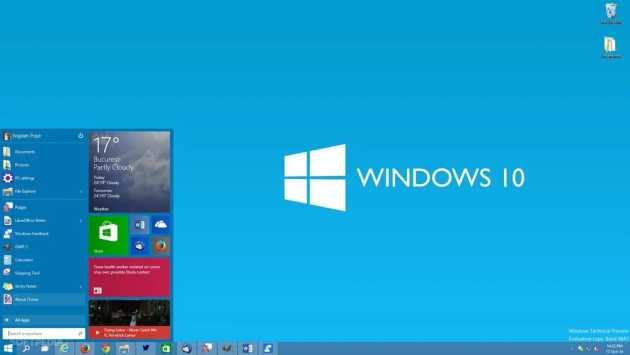Person-first Design
Despite owning the legacy PC market, Microsoft is starting to realize the need to evolve in a world where lines between devices is blurring. Windows 10 reveal signals a fascinating shift: the rise of a 'person-first' experience in tech.
Last week, Microsoft’s big reveal on Windows 10 piqued my interest. However, it wasn’t just about another OS update — there was a little something extra. It was a window (pun intended) into a fascinating shift towards an person-first experience in tech, where content is transitioning seamlessly across devices.
By now, we’re all familiar with the mobile-first mantra. But let’s be honest, some people think it’s only about cramming websites into pocket-sized screens. But, it’s so much more. Benedict Evans elaborates on this brilliantly in his essay Mobile is Eating the World, a clever nod to Marc Andreessen’s “Software is Eating the World.”
Evans lays out some game-changing insights:
- Tech is now consumer-centric, touching billions — not just for IT managers.
- Mobile is often the first and only internet experience for many around the globe.
- Mobile tech uses built-in sensors to both create and capture data in revolutionary ways.
- The real meat of the mobile-first approach goes way beyond screen size; it’s a radical change in how we interact with the digital world.
Evans goes deeper in his post, but in a nutshell: we’re now at the gates of a paradigm shift in how we think of the Internet.
For all these reasons mobile is a big deal and not just a fancy word analysts use to fill articles and slides. We’ve been talking about mobile first from a design perspective for a long time now, but the true implications of mobile run deeper than pixels and inches.
Here’s the kicker: what if it’s not just about mobile anymore? Enter the “person-first” approach. This concept means your digital experience should be seamless, whether you’re scrolling on your phone, typing on your laptop, or even glancing at your smartwatch.
The idea of a experience first approach is crafting a seamless experience as you move around. Starting at your wrist, up to phone, tablet, or laptop. It is the content that moves with you and the challenge is now to provide a cohesive experience across devices. The focus moves away from the device, to the person.
Apple’s ecosystem embodies this person-first approach, from your iPhone to your Mac and beyond. Although there are conceptual and marketing distinctions between Mac OS X and iOS, the end goal is to sell a connected environment.
The challenge now is to design experiences that are cohesive across any and all devices you might use.
Now, back to Microsoft’s event. Windows 10 seemed like a big nod to these emerging trends. They’re starting to get that the world they once dominated has evolved. And the first hint? Their Build conference a few months ago, where they showcased their horizontal strategy for cloud integration.
Windows is the greatest example of absolute domination of the old world. They owned the whole PC market. They had and understood the IT manager. Being in that position and realize that the environment you used to rule has dramatically changed is hard. But it seems they’ve understood that and they are willing to come around.
But here’s where things get messy. Microsoft seems to be juggling two conflicting ideas. They’re talking about a more personal tech landscape, but their demos were, ironically, quite impersonal, focusing solely on Windows.
To succeed in this new world, Microsoft needs to reconcile these contrasting vertical and horizontal strategies. Because let’s face it, in the real world, people might use an iPhone at work and a Windows PC at home. The lines are blurring, and it’s adapt or get left behind.
I’m really confident that Microsoft has a place in this new environment, a good one though. But I’m not sure Windows has one either. The problem is that Windows is so deeply rooted in Microsoft that I suspect that nobody has the guts to say “hey Windows, it’s been a great time, thank you, but it’s time for you to go home”.
Inspiration and credit for this post comes from the episode 32 of Exponent — a fantastic podcast by Ben Thompson and James Allworth that I can’t recommend enough.

